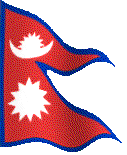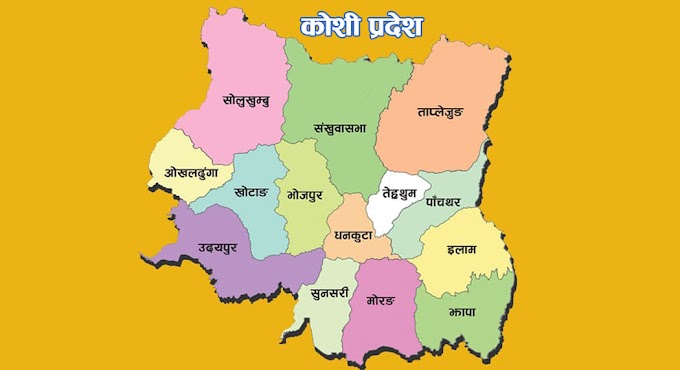World geography
World geography is the study of the Earth's physical and human features and how they interact with each other. It encompasses the physical and human characteristics of different regions around the world, including their landforms, bodies of water, climate, cultures, economies, and politics.
Physical Geography:
Physical geography deals with the Earth's natural environment, including landforms, bodies of water, climate, and ecosystems. Some of the key features of the world include the seven continents: Asia, Africa, North America, South America, Antarctica, Europe, and Australia. Each continent has its own unique characteristics, from the frozen landscapes of Antarctica to the vast deserts of Africa.
The Earth's oceans are also a critical part of its physical geography. The world's largest ocean is the Pacific Ocean, covering approximately one-third of the Earth's surface. The Atlantic, Indian, Southern, and Arctic Oceans are the other major oceans. These oceans play a critical role in regulating the Earth's climate, storing carbon dioxide, and providing habitat for countless species of marine life.
Human Geography:
Human geography focuses on how people interact with the Earth's physical environment. It includes cultural, economic, and political aspects of different regions around the world. Some of the key factors that shape human geography include population, language, religion, industry, and transportation.
Population is one of the most critical aspects of human geography. The world's population has grown from around 1 billion in 1800 to over 7 billion today. This growth has led to increased demand for resources and has put pressure on the Earth's ecosystems.
Language and religion are also essential components of human geography. There are thousands of different languages spoken around the world, with some countries having multiple official languages. Religion also plays a critical role in shaping human geography, with different religious beliefs influencing culture, politics, and social norms.
Industry and transportation are other key aspects of human geography. Different regions of the world have unique industries that shape their economies, from agriculture and mining to manufacturing and technology. Transportation also plays a critical role in connecting different regions of the world and facilitating the movement of goods and people.
Globalization:
One of the most important concepts in world geography is globalization. Globalization refers to the increasing interconnectedness of people and places around the world. This interconnectedness has been driven by advances in technology, transportation, and communication and has had profound impacts on economies, cultures, and societies around the world.
Globalization has led to the growth of international trade, with goods and services flowing across borders at an unprecedented rate. It has also led to the spread of cultural ideas and values, with popular culture, music, and fashion crossing borders and influencing people's lives around the world.
Climate Change:
Another critical aspect of world geography is the impact of climate change on the Earth's physical and human systems. Climate change is causing rising sea levels, more frequent and intense natural disasters, and changes in weather patterns that can have significant impacts on agriculture, water resources, and human health.
Climate change is caused by human activities, including the burning of fossil fuels and deforestation. To mitigate the impacts of climate change, it is essential to reduce greenhouse gas emissions, protect ecosystems, and develop sustainable practices in industries like agriculture, transportation, and energy production.
In conclusion, world geography is a vast and complex field that encompasses many different aspects of the Earth's physical and human systems. By understanding these systems and how they interact, we can better understand the world around us and work towards a more sustainable future.
geographical information of Nepal
Nepal is a landlocked country located in South Asia, bordered by China to the north and India to the south, east, and west. It is situated mainly in the Himalayas but also includes parts of the Indo-Gangetic Plain. Nepal covers an area of 147,181 square kilometers (56,827 square miles) and has a diverse geography, ranging from the world's highest mountain, Mount Everest (8,848.86 meters or 29,029 feet), to subtropical forests and flat river plains.
The country can be broadly divided into three regions: the Himalayan region, the mid-hills, and the Terai region. The Himalayan region includes the highest peaks in the world, such as Mount Everest, and stretches from the Tibetan plateau to the north to the Mahabharat range to the south. The mid-hills region lies between the Mahabharat range and the Siwalik range, which forms the southern foothills of the Himalayas. The Terai region is a flat, fertile plain in the southern part of the country, which extends from the Siwalik range to the border with India.
Nepal is also home to many rivers, including the Koshi, Gandaki, and Karnali, which originate in the Himalayas and flow through the country to the south. These rivers are an important source of water for irrigation and hydroelectric power generation. Nepal's climate varies from subtropical in the Terai region to alpine and arctic in the high mountains. The country is also prone to natural disasters such as earthquakes, landslides, and floods due to its location in a seismically active region.
.








